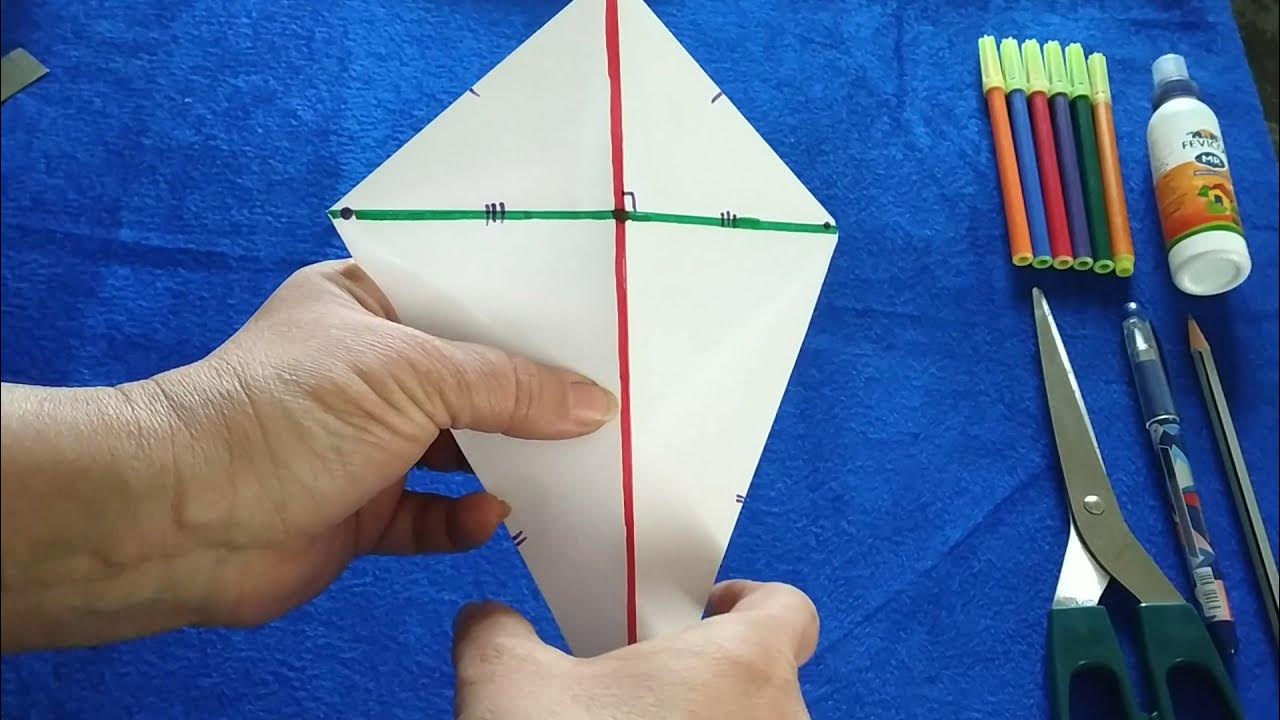Types of Quadrilaterals and Other Polygons
Summary
TLDRThis video covers various geometric shapes, beginning with quadrilaterals. It explains the differences between trapezoids, kites, parallelograms, rectangles, rhombuses, and squares, and how each has unique properties. It introduces polygons with five or more sides, discussing their names (pentagons, hexagons, etc.) and the rule for calculating their angle sums. The video also highlights the concept of regular polygons and how their sides and angles are equal. Finally, it emphasizes the method for calculating the sum of interior angles by subtracting two from the number of sides and multiplying by 180.
Takeaways
- 😀 A quadrilateral is any shape with four sides, and there are various types based on side lengths and angles.
- 😀 A trapezoid is a quadrilateral with exactly one pair of parallel sides, while the other pair is not parallel.
- 😀 A kite has two pairs of congruent consecutive sides, and its diagonals are perpendicular.
- 😀 A parallelogram is a quadrilateral with opposite sides that are both parallel and congruent, and its diagonals bisect one another.
- 😀 A rhombus is a parallelogram with four congruent sides, while a rectangle has four congruent angles (right angles).
- 😀 A square is a specific type of parallelogram that has four congruent sides and four right angles, making it also a rectangle and rhombus.
- 😀 A square is a subset of the larger categories like rectangle, rhombus, parallelogram, and quadrilateral.
- 😀 A polygon is any shape formed by three or more straight line segments, and only shapes with straight sides count as polygons.
- 😀 Polygons are named based on the number of sides: pentagons (5), hexagons (6), heptagons (7), octagons (8), nonagons (9), and decagons (10).
- 😀 Regular polygons have equal sides and angles, and common examples include the regular octagonal stop sign.
- 😀 The sum of the interior angles of a polygon can be found using the formula: (number of sides - 2) × 180°. For example, a hexagon’s angles add up to 720°.
Q & A
What is a quadrilateral?
-A quadrilateral is any shape with four sides and four angles.
What defines a trapezoid?
-A trapezoid is a quadrilateral that has exactly one pair of parallel sides, with the other pair of sides being non-parallel.
What is a kite in terms of quadrilaterals?
-A kite is a quadrilateral with two pairs of consecutive congruent sides. The diagonals of a kite are perpendicular to each other.
What is the definition of a parallelogram?
-A parallelogram is a quadrilateral where opposite sides are parallel and congruent. Opposite angles are also congruent, and the diagonals bisect each other.
What is the difference between a rhombus and a rectangle?
-A rhombus is a parallelogram with four congruent sides, while a rectangle is a parallelogram with four right angles. They differ in the types of angles they have.
How is a square related to other quadrilaterals?
-A square is a specific type of parallelogram that has four congruent sides and four right angles, making it a special case of a rectangle, rhombus, and parallelogram.
What is the purpose of the diagram that includes different quadrilaterals?
-The diagram shows how squares, rectangles, rhombuses, and parallelograms relate to each other, demonstrating that a square fits within all these categories due to its specific properties.
How do we classify polygons based on the number of sides?
-Polygons are classified by the number of sides they have. For example, five-sided polygons are called pentagons, six-sided polygons are hexagons, and so on.
What is a regular polygon?
-A regular polygon is a polygon where all sides and angles are equal, such as a regular octagon (with eight equal sides and angles).
How do you calculate the sum of interior angles for any polygon?
-To calculate the sum of interior angles of a polygon, subtract two from the number of sides and then multiply by 180. For example, for a hexagon, the sum is (6 - 2) * 180 = 720 degrees.
Outlines

This section is available to paid users only. Please upgrade to access this part.
Upgrade NowMindmap

This section is available to paid users only. Please upgrade to access this part.
Upgrade NowKeywords

This section is available to paid users only. Please upgrade to access this part.
Upgrade NowHighlights

This section is available to paid users only. Please upgrade to access this part.
Upgrade NowTranscripts

This section is available to paid users only. Please upgrade to access this part.
Upgrade NowBrowse More Related Video

konsep datar (titik, garis, bidang, sudut, dan segi banyak)

Segi Empat (1) | Persegi dan Persegi Panjang | Matematika Kelas 7

Types & Properties of Quadrilaterals | Paper Folding Activity Guide for teachers to conduct in class

Grade 10 Math: Drawing geometric figures on a Cartesian plane

CLASSIFICATION OF QUADRILATERALS || GRADE 9 MATHEMATICS Q3

Q1-Q2 || Ex-11B || D1-8th Edition || Polygons and Geometrical constructions
5.0 / 5 (0 votes)